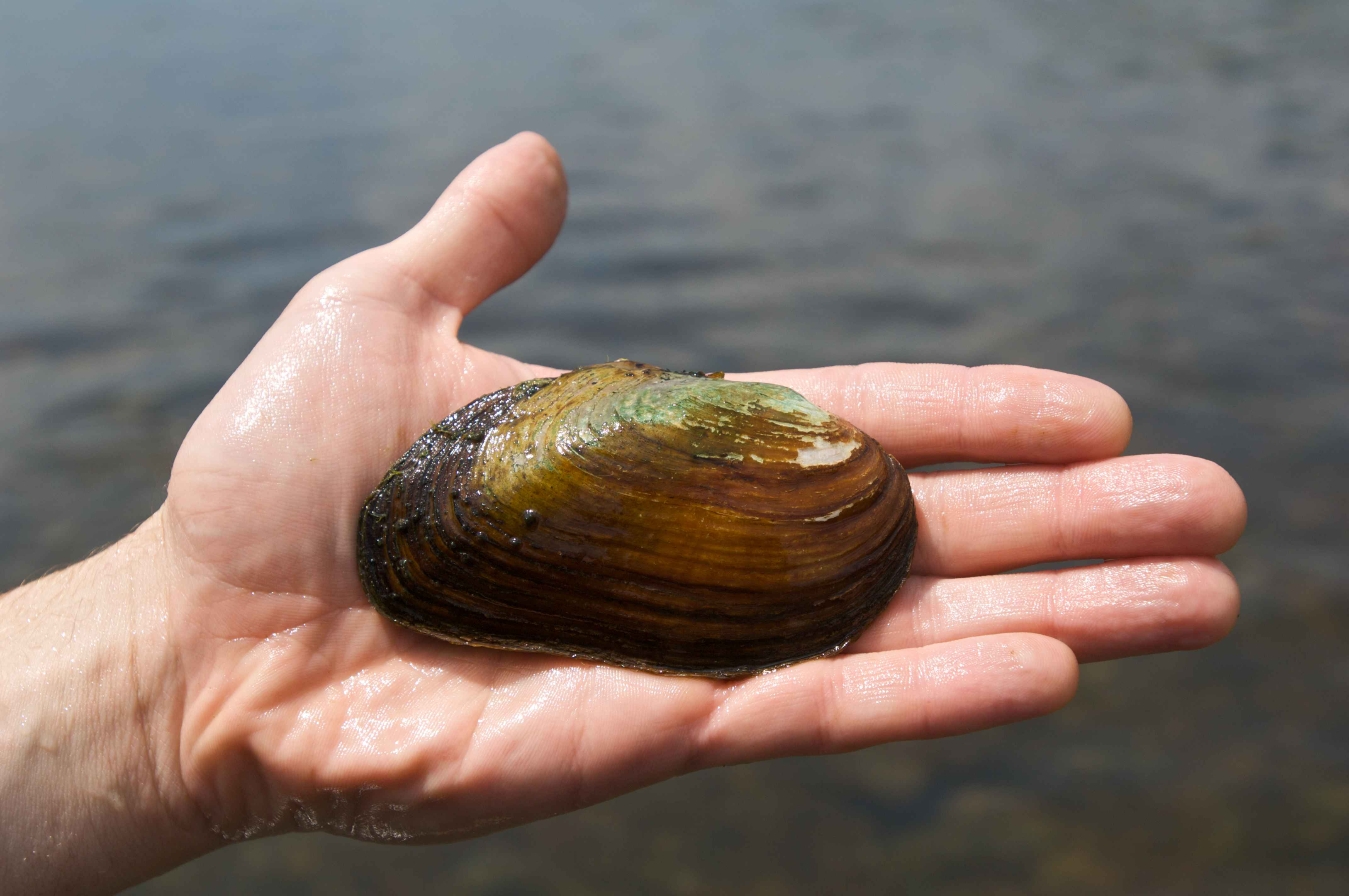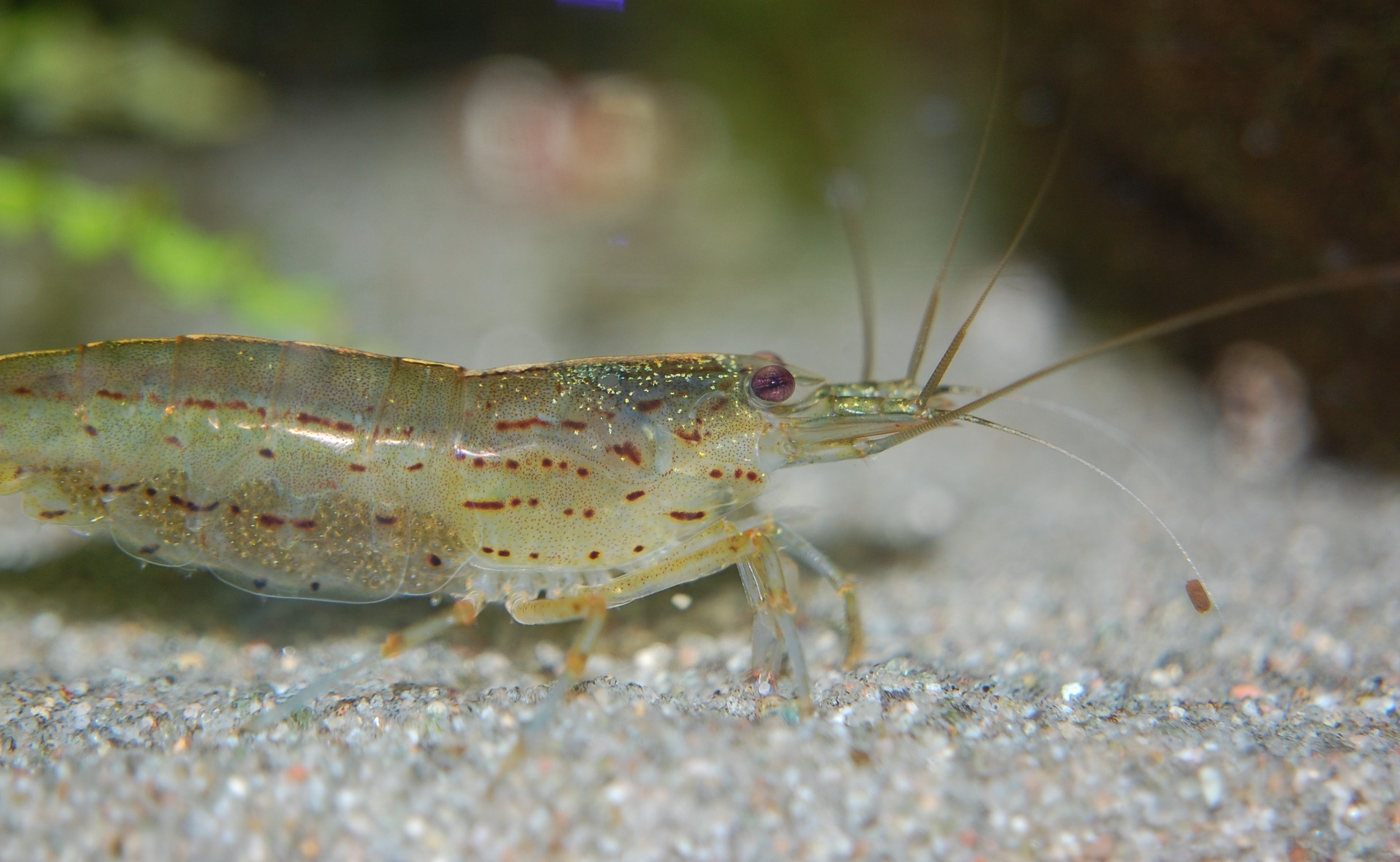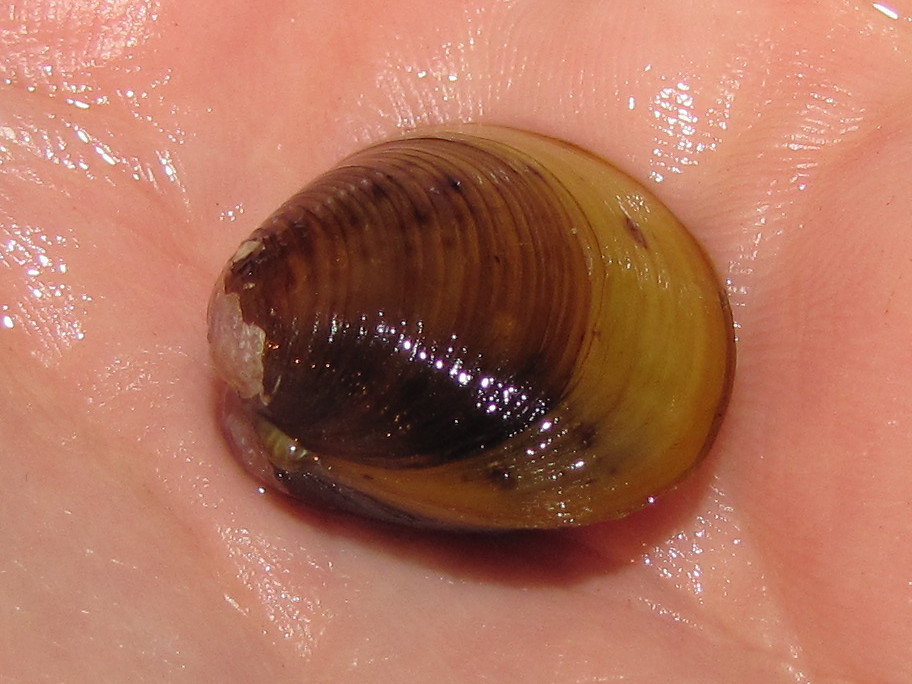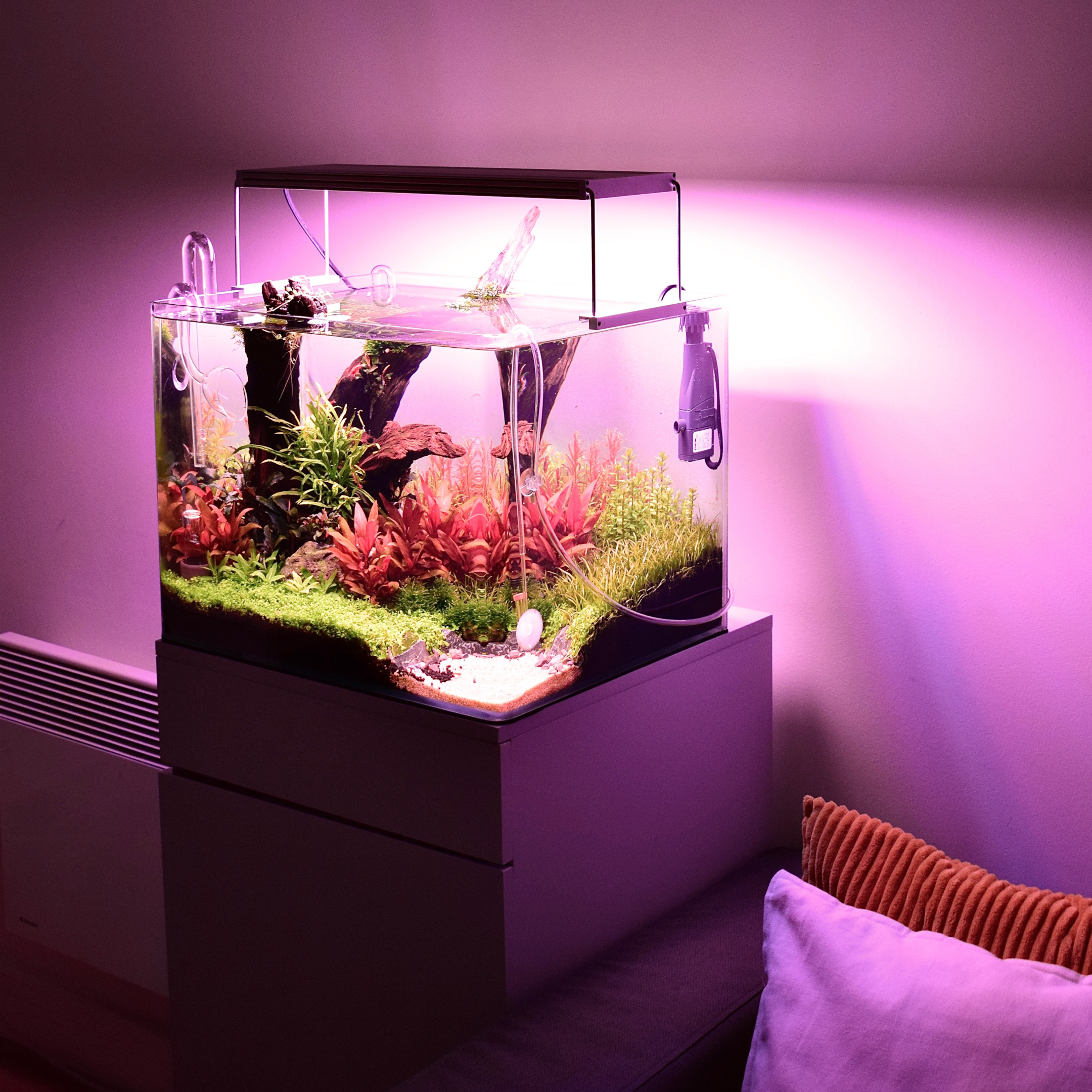Freshwater aquarium clams
Clams are not the most popular choice within aquarium species. Freshwater clams are not even the most popular choice within mollusks. People who have an aquarium prefer to pick snails instead due to their more active dynamics of life. Slower than a snail? Can you imagine that?
That is a little bit unfair for freshwater clams because they are treated rather as an element of decoration than a living animal. But these little guys can be a great addition to our tank, especially smaller ones like i.g. nano planted aquariums. If clam shells are displayed in the proper place, they can become a main attraction of a nano tank. They also play a meaningful role if you want to increase the efficiency of your filter media. For someone who is interested in keeping freshwater clams, there are a few things to read about them before purchasing one.

Tank requirements
Freshwater clams prefer tanks with stable water parameters and highly oxygenated. Avoid adding them to the tap water and make sure you place them where the water flow is at moderate and continuous pace so they will be able to obtain enough food from the water column. It is wise to keep your freshwater clams in spots like power filter return.
For smaller species, the tank size does not need to be big. For a 5 gallon aquarium, even a small group of 5 clams will be fine. Keep in mind that having larger tanks will help maintain the stable water chemistry.
It is possible and recommended to have live aquarium plants. Most of clams do not damage them. They can only dig them out by accident. Moreover, the lighting has no meaning to those creatures so you may choose from a variety of plants and adjust the light to them to provide a dense growth. It seems that planted aquarium with freshwater clams in it, is a great idea.
The only thing that you need to be aware of is to avoid adding any medications or plant fertilizers, especially with copper as it is lethal to freshwater clams. Be sure to check the label, also in plant fertilizers. Freshwater clams are sensitive to some of those ingredients.
Sand will be fine substrate for clams, regardless of the color and granulation. They can bury even in a coarse gravel.
There is a high range of water temperature that freshwater clams can adapt to, it can be from 70 to 80 degrees Fahrenheit. But also lower temperatures are possible.

How about other tank mates for clams?
Other inhabitants can do pretty well with clams. People usually decide to add freshwater clams to a fish tank. Is it always a safe option?
It is easier to tell which species can't co-operate with clams. You must not introduce to the aquarium water fish species that are bottom dwellers. These fish could disturb such a sluggish and peaceful life of the clam.
There are also some special kinds of snails that shouldn't be raised together with clams- the assassin snails. These hunters are an excellent choice to get rid of pest snails which multiplying is out of control but unfortunately, the assassin snails will not show mercy to our freshwater clams and hunt them down. On the other hand, if the freshwater clam closes the shell on time, it will hurt the snail. Who does need such a war?
These are examples of tank mates that the freshwater clam live fine with:
-
Amano shrimp
-
Red Cherry shrimp
-
Nerite snails
-
Rabbit snails
-
Cory Catfish

Freshwater clam diet
Clams eat mainly very tiny debris from the substrate. That is why they are called filter feeders. Their diet consists of decaying matter floating in the water column. It may sound strange but freshwater clams prefer not too clean tank water. It does not mean that the water quality should be low but it should contain edible matter for the clams. In case of a very clean tank, they may starve because they do not receive enough food so you may use liquid food for shrimps, fish flakes, algae wafers.
Try not to overfeed them. If you know the basics of the nitrogen cycle you know that too much of accumulated organic compounds and uneaten food will lead to water quality issues because of ammonia spikes and too high nitrate levels. Always remember to test the aquarium pH.
It can be a little bit misleading, because these filter feeders will make your tank water clean but keeping freshwater clams is like keeping other tank mates- not plants. They do not remove nitrate and ammonia. They contribute to the overall purity but they are also living organisms that will add some waste to the ecosystem. What clams do remove successfully are various forms of suspended algae.
Life and behavior of a freshwater clam
You are probably wondering at the moment if clams have some unique manners. Do they move? How do they eat?
It's not that simple. Freshwater clams are characterized by the fact that they have very little activity. We would say, they are so lazy that when you glance at your aquarium from time to time, you won't be able to notice anything unusual. Most of the time, clam's shell is closed and when it opens, it only happens for a while. This is the moment they suck in the water. If you are lucky, you can observe them, sticking out their tongues to dig deeper into the sand or move.
To be honest, keeping freshwater clams can make some obstacles too. Healthy freshwater clams are hard to distinguish from sick ones. It quite often happens that after purchasing a freshwater clam you may figure out that in your transportation bag, there is only a dead clam. Be sure you choose those freshwater clams that are closed. If the clam is opened for a long time, it means that something is wrong.
Afterwards, try to watch these freshwater clams in your aquarium water. If the clam's shell is widely opening or you noticed an ammonia spike or you develop a disgusting odor, your freshwater clam died. Remove the dead clam from the tank water immediately because it will start to pollute the water column. This is a considerable downside of keeping freshwater clams in the home aquarium. And also they bury themselves in the sand and are difficult to find when dead.
Freshwater clams species
Golden clam
Also know as the Asian clam because it is native to the southeast Asia but has become extremely invasive species of freshwater clams worldwide. It belongs to the basket clams family. They can grow up to about 3 inches. Their coloration is light brown with dark brown streaks throughout. These clams are self fertilizers and will produce eggs and then sperm and release many juveniles per day!

Corbicula fluminalis
This clam is almost the same species as the asian clam. The difference between those is only in a density of ribs on the clam's shell.
Dreissena polymorpha
The interesting thing about this clam is that it produces a special substance that helps to attach the shell to rocks, stems or other surfaces.
Summary
If you have ever walked along the beach, you must have seen clams and mussels shells in all shapes and colors. But have you ever thought that such an animal can be kept in your freshwater aquarium? If not, then after reading this article, you are richer in knowledge. Freshwater clams can be a great visual addition to your tank and even though they provide such a lazy life, they can be beneficial to your aquarium too.




